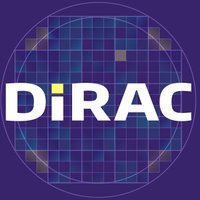
The DiRAC Institute
@uwdirac
Seeking a universe understood through data-intensive discovery.
ID: 887464030037696512
http://dirac.astro.washington.edu 19-07-2017 00:08:07
462 Tweet
472 Takipçi
91 Takip Edilen

. NSF-DOE Rubin Observatory commissioning update #2: Major achievement unlocked – first sub-1" resolution images acquired 🎉. 1" (one "arcsecond") is the size of a quarter as seen from 3 miles away (for our 🇪🇺 friends: a 2€ coin at 5km). While imaging at <1" resolution is not unusual for


Hey that's Max & Colin (Active Asteroids) from The DiRAC Institute 🎉!

Hey all -- want to spend an evening with your friendly neighborhood astronomers? I'll be giving a planetarium talk at uwastronomy on December 4th, about how we'll use NSF-DOE Rubin Observatory and AI to map and understand the visible Universe. Come & tell your friends! (link in thread)


Live in Seattle, hang out with sci & tech people, drink coffee, science the crap out of early Rubin Observatory data, become famous. Three years of funding to do something big. Designed for the ambitious. Retweet & tell your friends (or students/postdocs). Application link in reply.
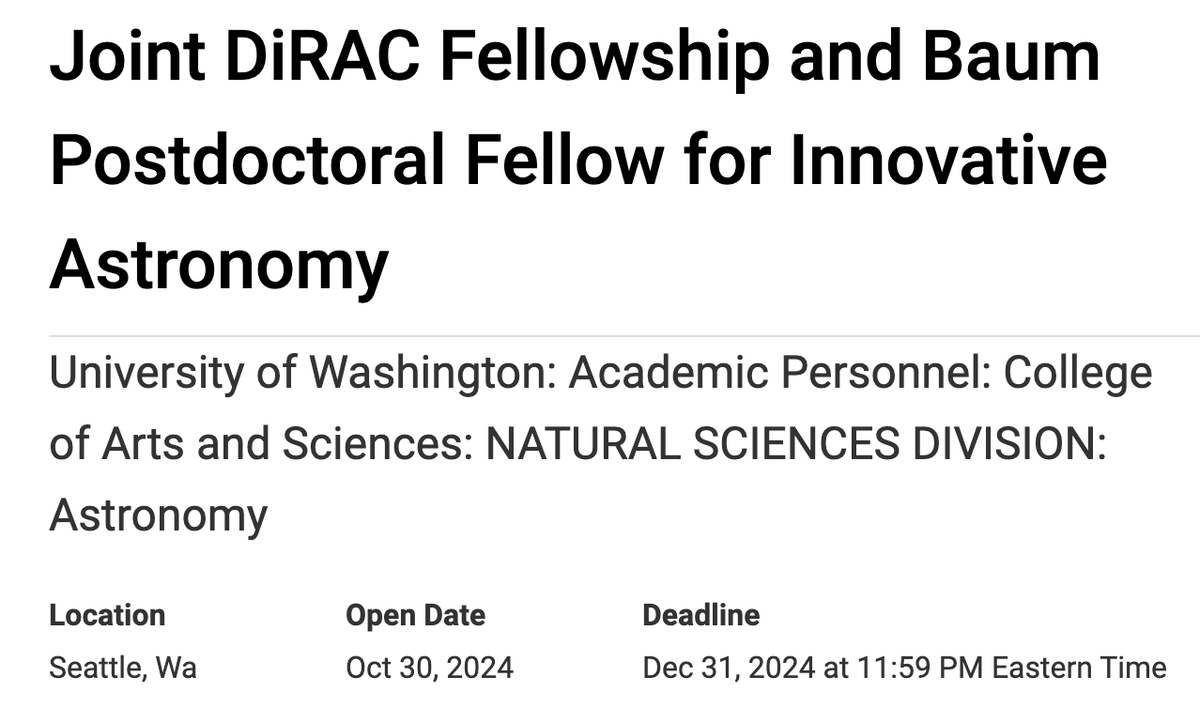

A good article on whether there's a 9th planet in the Solar System and if NSF-DOE Rubin Observatory could soon find it. Checks in with all the main characters including Mike Brown does not X Konstantin Batygin Chad Trujillo Meg Schwamb Dr. Pedro Bernardinelli, etc. Well researched & written (Dr Robin George Andrews 🌋☄️ FTW).
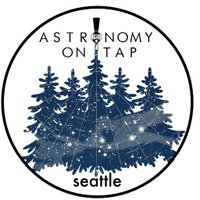
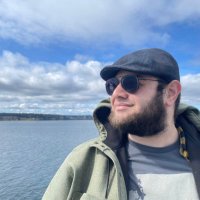

Yes!!! The first public image from NSF-DOE Rubin Observatory Simonyi Survey Telescope (just the fun pixels 😉). Now ponder getting 21x this, every ~40 seconds, ~8hrs/night, for 10 years. That's what's coming by the end of this year.


And here's where the first NSF-DOE Rubin Observatory image is on the sky: (with h/t to Dustin & the brilliant folks behind astrometry-dot-net).


Excited to announce that @jradavenport.com on BSky has accepted the offer to become the third director of The DiRAC Institute! Jim and I will continue as co-directors until my term ends at the end of this academic year. It's been an honor to serve this way over the last 5 years. Congratulations Jim!

I realized I never posted that NSF-DOE Rubin Observatory published the first report on commissioning camera on-sky observations. See 🧵 for some figures (and link).



📣📣 Happy to share movies of two asteroids moving through NSF-DOE Rubin Observatory ComCam field during our commissioning run this fall. These are previously-known asteroids, J95S71P and K02F06B, seen in ComCam data on November 26th, 2024. K02F06B is a non-hazardous Near Earth Object (NEO)

Congratulations to the entire NSF-DOE Rubin Observatory project, including our dedicated team at University of Washington's The DiRAC Institute!

🚨: Millions of solar system objects to be found in the next few years It took over two centuries to discover the ~1.5 million asteroids and comets we know today. The NSF-DOE Rubin Observatory will double that in less than two years. See the 🧵 for the studies we just published👇

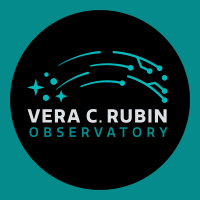
Introducing...your sneak peek at the cosmos captured by U.S. National Science Foundation–DOE Office of Science Vera C. Rubin Observatory! Can you guess what regions of sky they are? This is just a peek...join us at 11am US EDT for your full First Look at how Rubin will #CaptureTheCosmos! ls.st/rubin-first-lo…


Here we go: Lagoon (M8) and Trifid (M20) nebulae in their full NSF-DOE Rubin Observatory-delivered glory. These are active star-forming regions in the constellation of Sagittarius constellation, rich in gas and dust, some 4,000–5,000 light-years away. You're looking at new stars being born.






